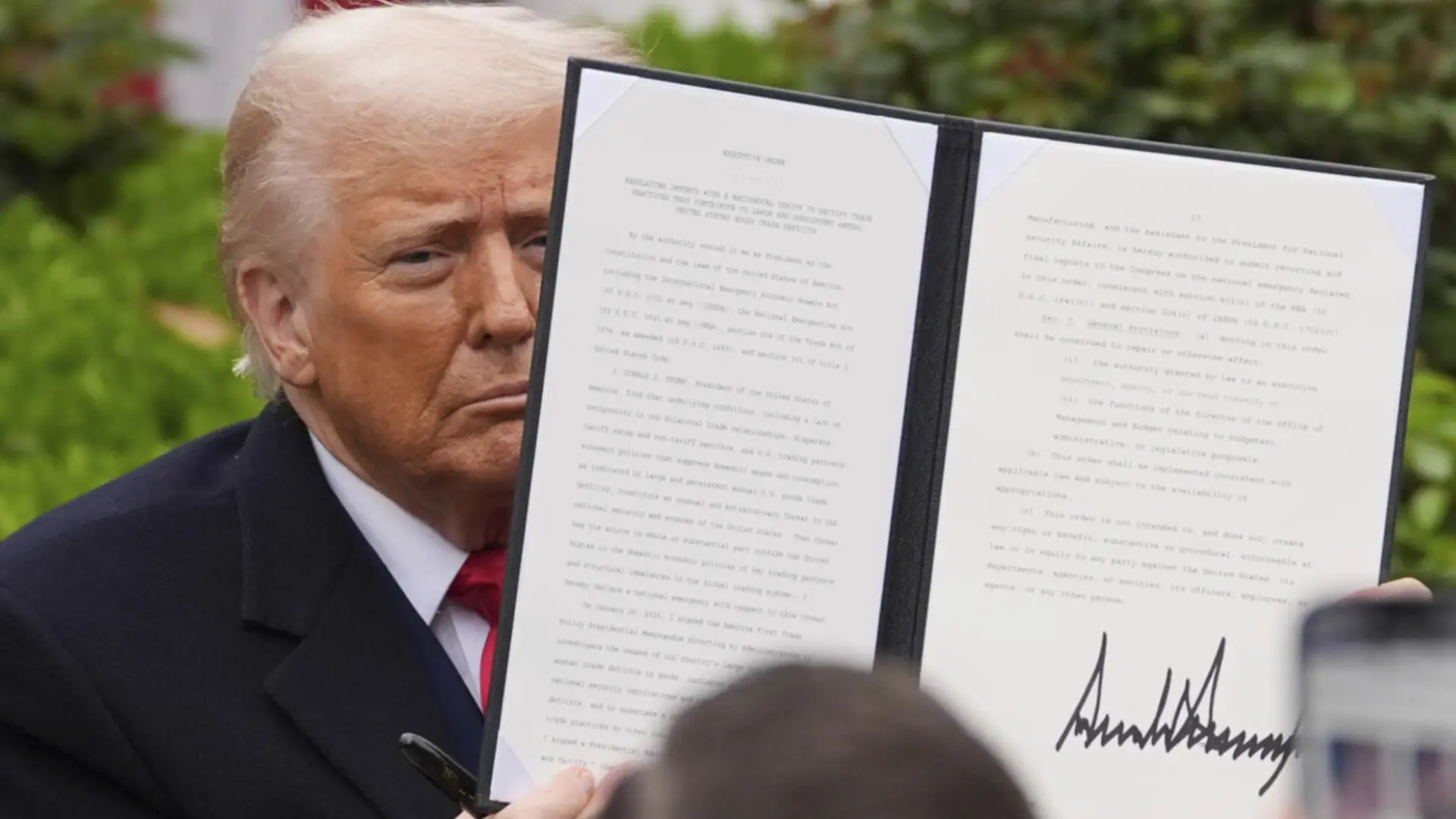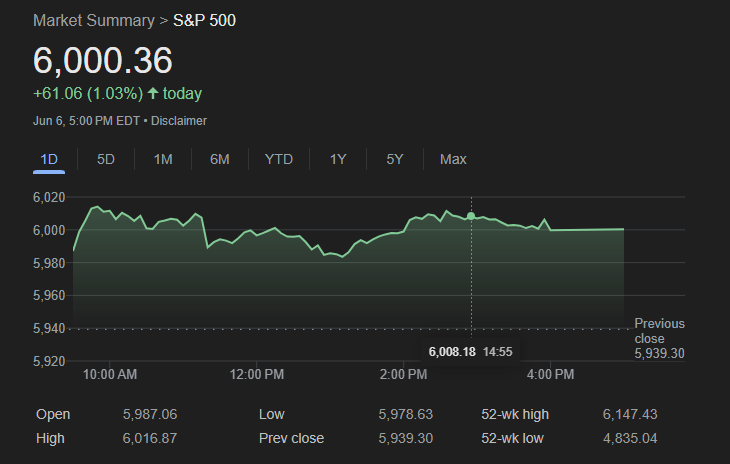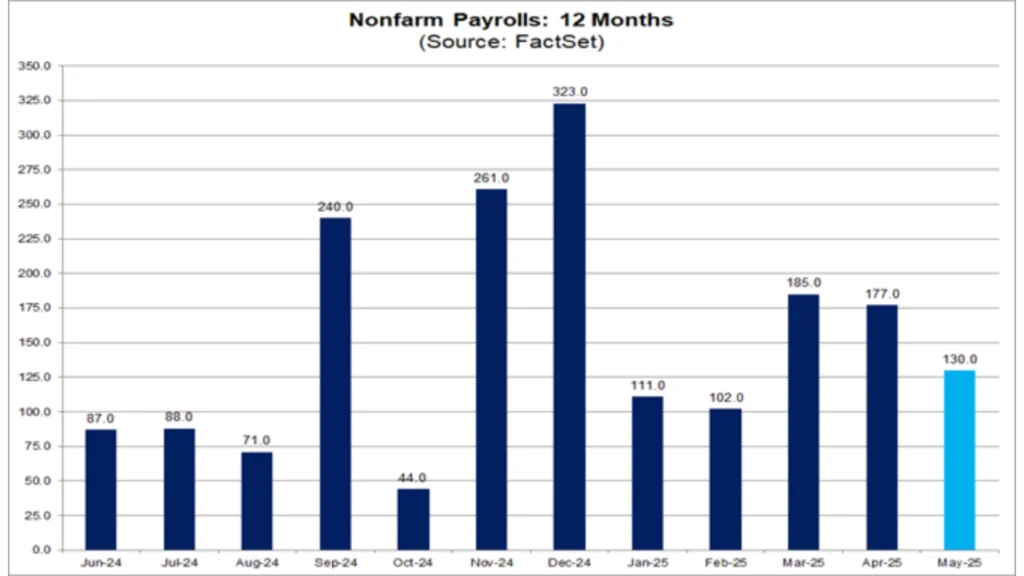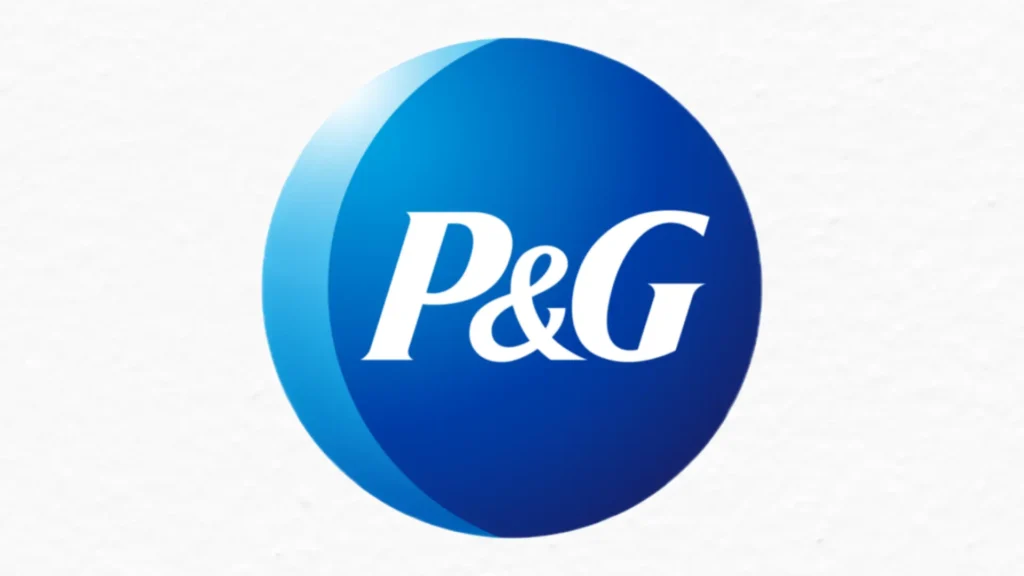President Donald Trump has officially declared a trade war with every single country in the world. Yes, you heard that right. Every. Single. Country. And just like that time your cousin tried to deep-fry an entire turkey indoors, this is going to get messy.
The tariffs? Oh, they’re coming faster than you can say “Made in China.” In fact, it’s not even a question of what will get more expensive—it’s a matter of when. Spoiler alert: the answer is everything. From laptops to lightbulbs, shoes to semiconductors, nothing is safe from the tariff tornado. So grab your wallet and hold on tight because inflation is about to become your new BFF.
The Tariff Smackdown
Let’s break down the carnage, shall we?
China
The undisputed heavyweight champion of U.S. imports, China is getting absolutely pummeled with a jaw-dropping 54% tariff starting April 9. But wait, there’s more! If China keeps buying oil from Venezuela (and spoiler alert—they do), that rate skyrockets to 79%. Ouch. That’s less of a tariff and more of a financial exorcism.
Mexico and Canada
Lucky them, they might dodge some bullets—but only if their goods pass Trump’s version of a lie detector test. Otherwise, they’re joining the tariff party too.
Vietnam and Taiwan
Vietnam gets slapped with a 46% tariff , while Taiwan gets a slightly gentler-but-still-brutal 32% . Why? Because apparently, being the sixth and eighth largest sources of U.S. imports makes you public enemy number two and three.
And then, starting May 2, even those sneaky little packages worth less than $800 from China and Hong Kong won’t escape unscathed. Say goodbye to bargain-basement deals on Shein dresses and AliExpress gadgets. It’s almost like someone realized Americans were having too much fun shopping online and decided to ruin it.
How Much Will This Cost You?
According to the nonpartisan Tax Foundation, the average American household will shell out an extra $2,100 per year thanks to these tariffs. To put that in perspective, that’s enough money to buy either:
- A very nice vacation
- Or…a toaster, a pair of sneakers, and maybe half a laptop after the price hikes kick in.
But hey, who needs vacations when you can spend your hard-earned cash on overpriced electronics instead?
What’s Getting Hit Hardest?
If you thought tariffs would somehow spare your favorite things, think again. Here’s a rundown of what’s about to become as pricey as Kardashian wedding:
Laptops and Tablets
China, Vietnam, and Taiwan shipped a whopping $47.2 billion worth of laptops and tablets to the U.S. last year. Now, thanks to Trump’s tariffs, you’ll need to take out a second mortgage just to upgrade your MacBook. And don’t forget about all the other gadgets powered by semiconductors—cars, Wi-Fi routers, LED lightbulbs, medical devices—you name it. Want a smart fridge? Better start budgeting now.
Footwear
Love comfy shoes? Too bad. China and Vietnam alone sent $18.5 billion worth of footwear to the U.S. last year. That’s nearly 70% of all imported shoes. Sneakerheads, prepare yourselves: your limited-edition kicks are about to cost as much as a used car.
Toys
Remember Christmas morning? Yeah, good luck affording presents next year. China and Vietnam shipped $15 billion worth of toys to the U.S., and 77% of all toys sold domestically come from China alone. According to Greg Ahearn of the Toy Association, toy prices could jump by at least 30%. Santa Claus may need to file for bankruptcy.
Clothing
Take a peek at the tags on your clothes. See a lot of “Made in China” or “Made in Vietnam”? Join the club. Both countries shipped around $14 billion worth of apparel to the U.S. last year. Add in hefty tariffs on Bangladesh, India, Indonesia, and Cambodia, and suddenly your wardrobe costs more than your rent.
Who Pays for All This?
Technically, businesses importing goods are the ones footing the initial bill. But let’s be real: they’re not exactly known for eating losses. Most companies will pass those costs onto consumers faster than you can say “price hike.”
Even if production shifts to the U.S., domestic manufacturing often comes with higher labor costs—which means your new “Made in America” T-shirt might still cost twice as much.
Oh, and remember Trump’s claim that tariffs are “zero” for U.S.-made products? Turns out, producing stuff domestically isn’t free either. Who knew?
Ed Brzytwa of the Consumer Technology Association warns that retailers have about three to four months before their current inventories run dry. Translation? By late summer, you’ll be paying premium prices for everything from backpacks to Bluetooth headphones. Perfect timing for back-to-school season and holiday shopping, right? Nothing says “festive cheer” like empty stockings and maxed-out credit cards.












Leave a Reply